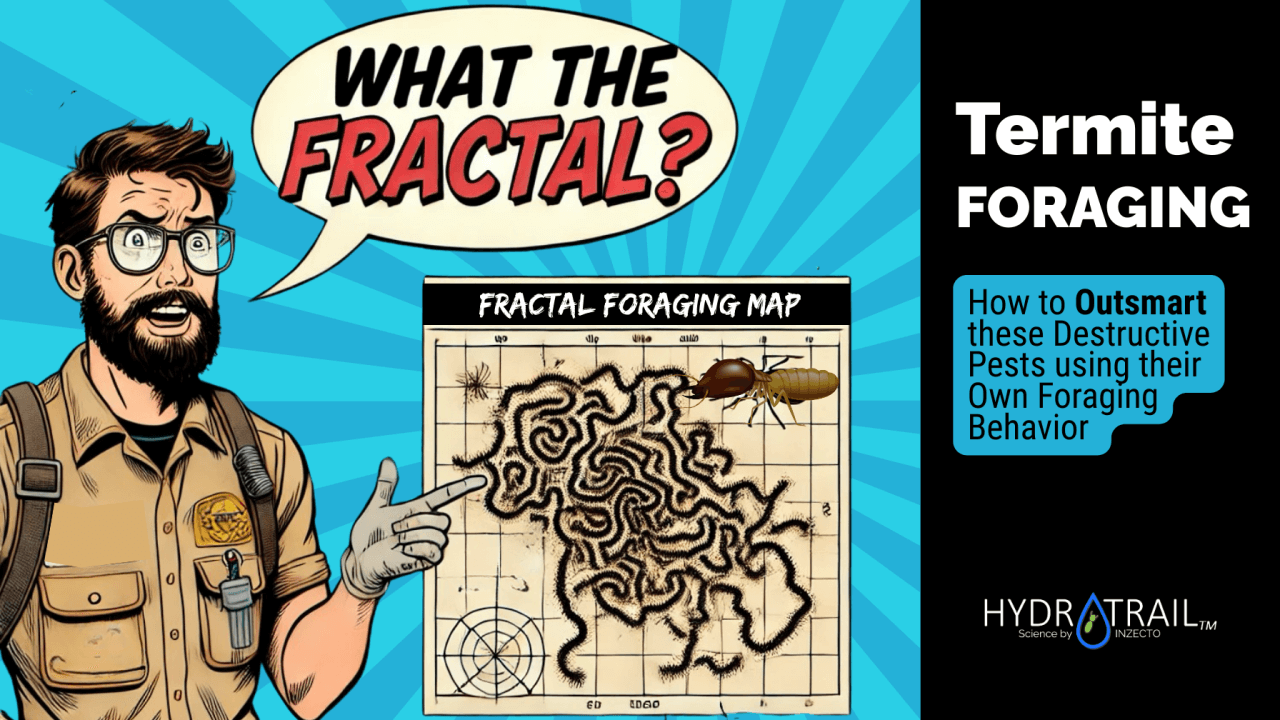Fractal, Edge & Directed Foraging: The Hidden Behaviors That Determine Termite Treatment Success
In termite control, understanding how termites move through the soil is more than science, It’s a Strategy. You may have heard the terms fractal foraging and edge foraging, but how do these behaviors actually affect whether your termite treatments get hit… or missed entirely? The answer could determine the success of your termite protection program and the number of callbacks you face.
The Three Primary Termite Foraging Behaviors:
- Fractal Foraging
- Edge Foraging
- Directed Foraging (Recruitment)
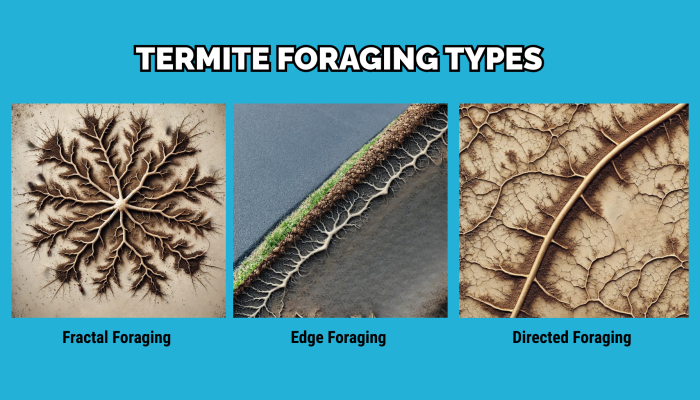
What is Fractal Foraging?
Fractal foraging is the branching pattern termites use to explore soil in search of food. Imagine a web-like pattern spreading through the ground. Picture a web-like network expanding underground. These tunnels branch at roughly 80-degree angles, creating a predictable but wide-reaching search pattern.
If all termite behavior was purely fractal, stations places 10 to 20 feet apart would almost always be intercepted eventually, but real-world results show it’s not that simple. Stations can and often do fail.
What is Edge Foraging?
Edge foraging occurs when termites follow linear structures like roots, cables, pipes, even driveways or sidewalks directly the structure. These paths are easier for termites to tunnel along than creating fractal tunnels entirely on their own.
With edge foraging behavior, termites can completely bypass the termite treatments carefully placed by Pest Control Operators. If your treatment relies solely on random interception, you could be missing infestations altogether.
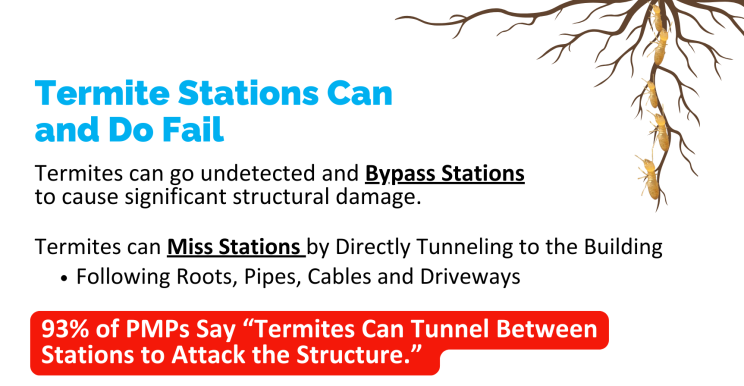
What is Directed Foraging (Recruitment)?
Directed foraging, often classified as recruitment, happens when termites detect a valuable resource like wood to consume. They lay down trail pheromones triggering thousands of nestmates to follow the exact path, often forming a straight or curved line rather than random branches.
When wood is discovered, termites follow a straight or curved path toward the food source instead of branching out randomly. This is the same behavior Termites use when communicating inside their colony. Now, we can leverage this behavior in the field with HydroTrail.
HydroTrail™ mimics termite trail pheromones to fool termites into believing food has been found. It initiates recruitment behavior, guiding termites directly into treatment zones, rather than hoping they stumble across them.

Why It Matters in Termite Control?
If you’re relying solely on bait stations, you’re depending on foraging to bring termites to the station. That’s a gamble. HydroTrail™ changes the game by creating a directional soil treatment that mimics termite trail pheromones.
By creating a pheromone-like soil trail, HydroTrail™
- Shifts behavior from random to recruitment-based
- Increases station interception
- Drives faster and more reliable termite discovery
In field trials, termites hit HydroTrail-treated stations in as little as 1 month, while untreated stations went untouched for 3 months or longer.
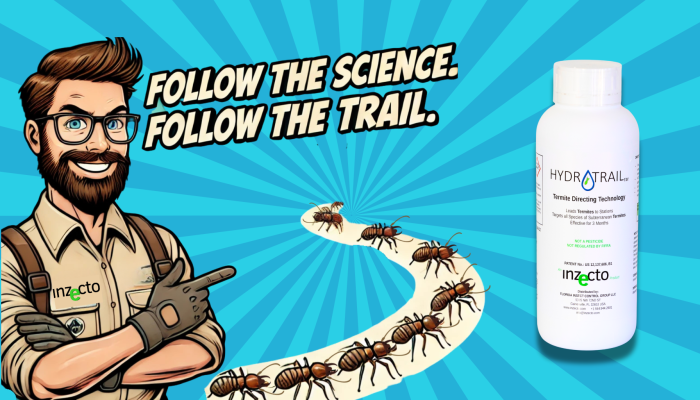
Follow the Science, Follow the Trail with HydroTrail
Pest Management Professionals can now use behavioral science to create proactive interception, not passive protection!
Ready to reduce missed stations, improve detection speed, and offer a greener, smarter solution?
- 🌿 HydroTrail™ moves termites to the stations, not the other way around.
- Fewer missed stations
- Faster detection
- Greener, more effective solution
Learn How HydroTrail™ directs termites to stations using science and simplicity.
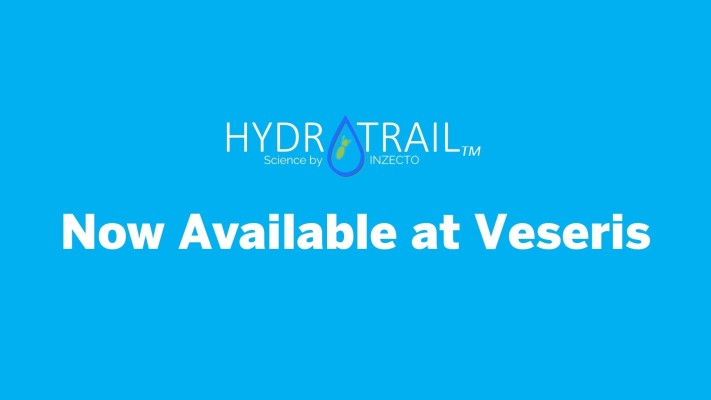
HydroTrail™ is Now Available at Veseris!
Order now via the Veseris Online Portal
Or contact your Veseris Rep to get HydroTrail™ for your Next Termite Treatment TODAY!

